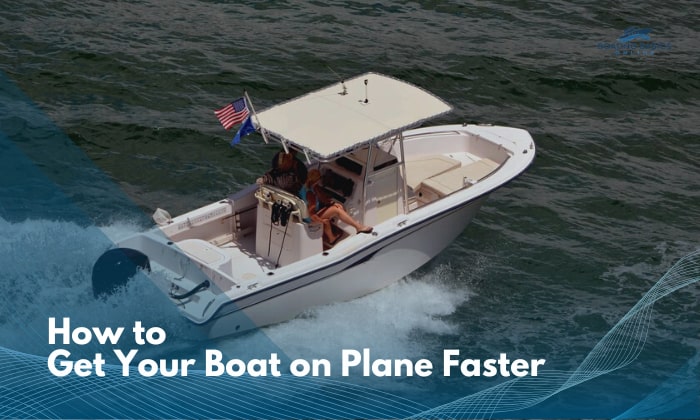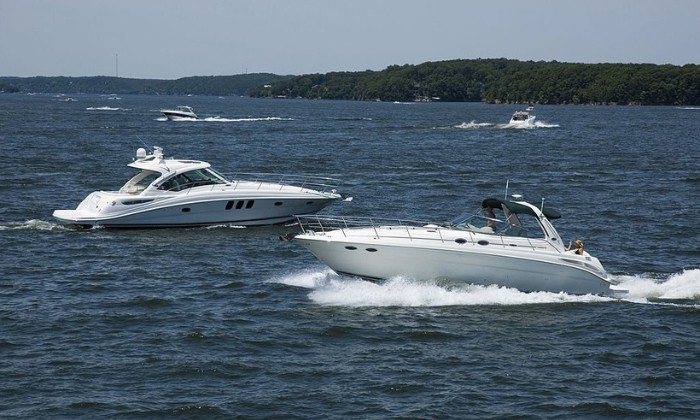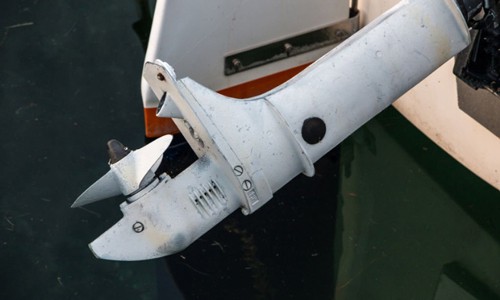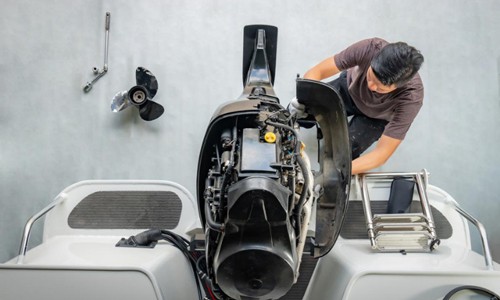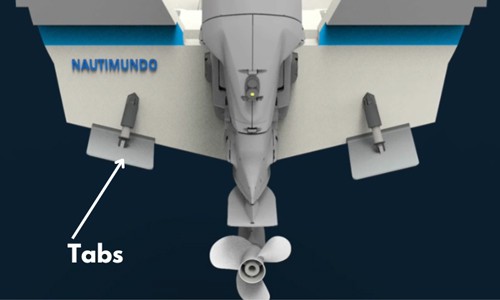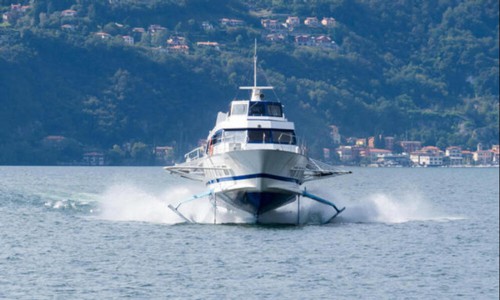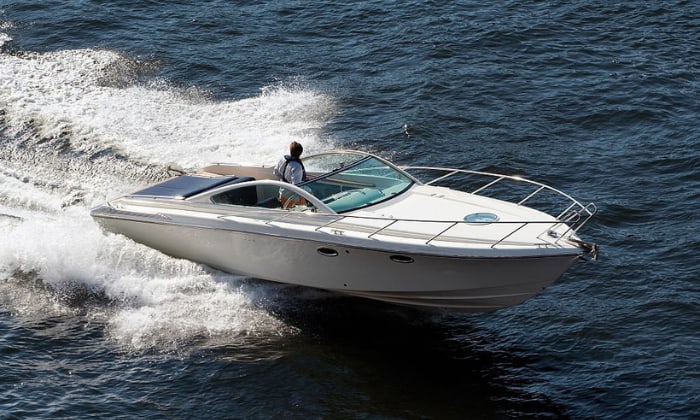Assuming the conditions are right and the situation calls for it, any boat operator will not hesitate to plane a boat that’s able to do so. Who would willingly say no to better fuel efficiency and stability, faster speed, and that undeniable thrill?
I bet you want to know how to get your boat on plane faster because, simply put, your boat takes too long plane.
This guide’s got your back because it details every technique that has worked for me and plenty of other boat operators.
Table of Contents
How to Help Your Boat Climb Up on Plane Quicker
Before you start, check if your boat is able to plane. Can you confirm that the motor’s not underpowered for the cargo it will be carrying? If your vessel’s inboard motor only has 15 to 50 horsepower but carries a hefty load, I’ll be surprised if the boat manages to plane at all.
Now, assuming it ticks all the checkmarks for planning, yet your boat struggles to get on plane still, that’s the best time to start trying these workarounds and improvements.
1. Make Sure the Weight of the Boat’s Load is Correctly Distributed
Optimal weight distribution is one strategy anyone with a planing problem should try since it only takes a couple of tests to determine where to put most of its load.
Obviously, you want to balance the weight better. It’s generally recommended to place heavier passengers and objects closer to the bow. And, of course, make sure you distribute weight properly.
Ideally, you’d want neither the bow nor the propeller to dig too much into the water. Try to keep most of the weight off the stern, where it will begin to affect the boat’s acceleration. A boat sluggish on take off is one of the tell-tale signs of that.
2. Check the Prop’s Pitch
A buddy of mine suggested this, and I’m glad I decided to look into it because the difference was clear as day the moment I upgraded the prop of my center console.
It turned out the propeller’s pitch just wasn’t low enough. By incorporating a lower-pitch prop, it was finally able to accelerate smoothly enough for the boat to plane out quicker.
As the ideal prop’s pitch varies from one boat to another, it’s best to check the manufacturer’s guidelines.
Another rule of thumb for picking the right prop for getting a boat on plane is that 4-bladed models are generally more suited for the task. And keep in mind that a damaged prop will lower your chances of getting the boat to plane.
3. Look for Any Problems With the Engine
I can safely say that most boats cannot operate optimally if they have spark plug issues, cylinder misfires, or worn-out engines. So, have a mechanic look over your boat to make sure your vessel doesn’t have these problems.
While you’re at it, give the engine’s height a lookover. It may not be as impactful as weight, but we can’t deny that it influences drag and the quality of water flow on the prop.
Remember that power available to the boat is also one of the most important factors in getting it on plane, not just how you help it climb on plane with trim tabs. Although they’re one area worth looking at as well, as proven by the next step.
4. Use the Right Trim Tabs
Aim for trim tabs that will help you achieve this particular requirement. As a general rule, every foot of boat length calls for a 1-inch span of trim tab per side. And if your boat is tall enough, pick a 9-inch chord option.
If you’re not that familiar with boating, it’s best to choose SmartTabs, which can deploy automatically. Otherwise, you can go for options that give you full control, such as Benett or Lenco Trim Tabs.
Trim tabs essentially reduce drag and create lift. What’s even better is that they even allow watercraft to get up on AND stay on plane, even at a lower speed. Some are even self-leveling, thus, sparing you from manual adjustments.
One caveat, though: If you have an outboard motor, having tabs upstream of it may cause some unwanted cavitation to form. Consider installing smaller trim tabs, but don’t overdo them.
5. Consider a Hydrofoil
I usually only recommend this when I’m sure that the boat will benefit from it. You have to know that the underlying problem will be something that hydrofoil will directly solve, in short. If your boat already has the right prop and power, you likely won’t need this.
If not, a hydrofoil can increase the cavitation plate’s size and boosts its angle of attack. Overall, it helps keep drag low and lets the vessel accelerate much quicker.
Other Tips to Get a Boat Up on Plane Better
- Take the time to experiment with various trim settings to pinpoint the best angle for acceleration for your particular boat. I can’t stress the importance of optimal trimming when it comes to this topic.
- Practice regular maintenance of the engine. Have it tuned and serviced based on a strict schedule, for example, so you’ll always stay on top of potential mechanical problems.
- Keep in mind that a boat’s planing ability is innately tied to its performance.
- A cracked hull will make the boat sit too low on the water, which ultimately creates more drag and gets in the way of the boat’s planing.
- Align your boat with the water currents and winds if possible, as this will reduce drag and make it easier for your vessel to accelerate.
Conclusion
Based on the facts above, it’s clear that most of the problems related to this topic are tied to a boat’s ability to pick up speed. Therefore, optimal acceleration should be one of your main priorities to know how to get your boat on plane faster.
Of course, there’s also the matter of having a lower-pitch prop, ensuring the engine’s in top shape, knowing your vessel’s capabilities, etc. At the end of the day, this topic encourages you to further expand your boating knowledge and seamanship.

“My intention from the first day establishing Boating Basics Online is to provide as much help as possible for boaters who want to experience a first safe and convenient trip. So feel free to join us and share your beautiful journeys to the sea!”

